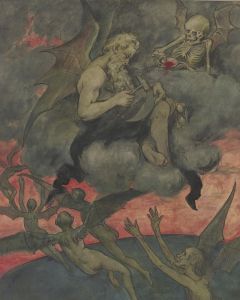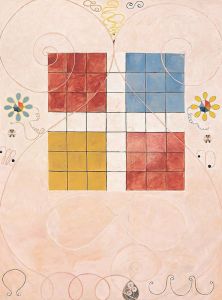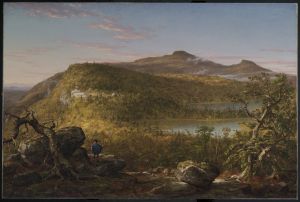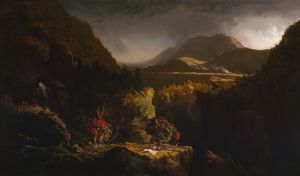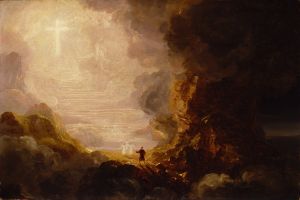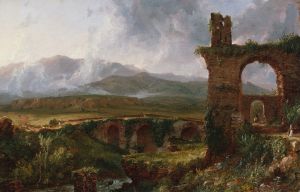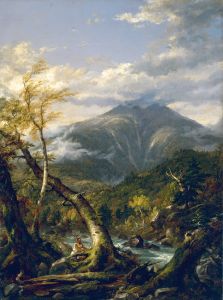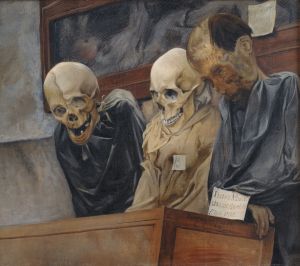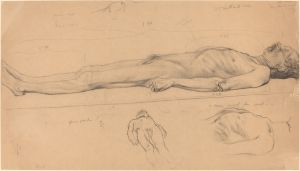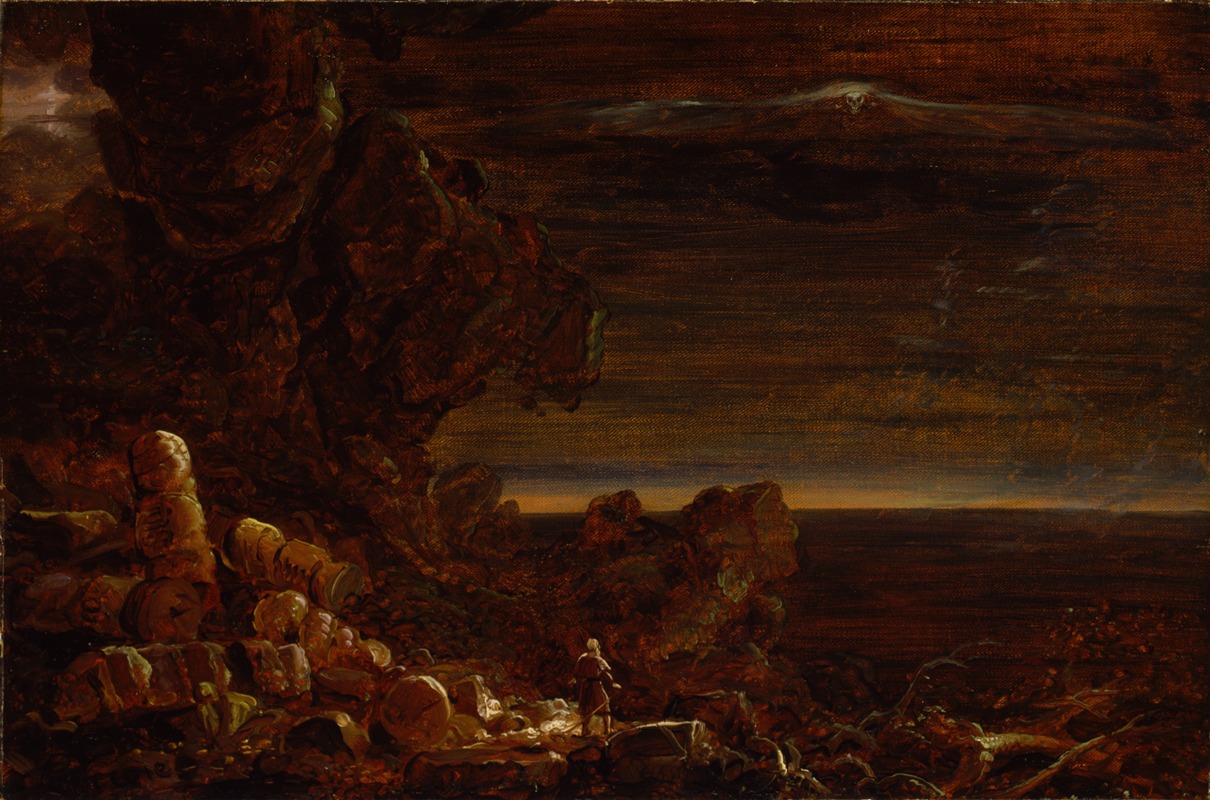
The Pilgrim of the World at the End of His Journey
A hand-painted replica of Thomas Cole’s masterpiece The Pilgrim of the World at the End of His Journey, meticulously crafted by professional artists to capture the true essence of the original. Each piece is created with museum-quality canvas and rare mineral pigments, carefully painted by experienced artists with delicate brushstrokes and rich, layered colors to perfectly recreate the texture of the original artwork. Unlike machine-printed reproductions, this hand-painted version brings the painting to life, infused with the artist’s emotions and skill in every stroke. Whether for personal collection or home decoration, it instantly elevates the artistic atmosphere of any space.
Thomas Cole's painting The Pilgrim of the World at the End of His Journey is a work attributed to the renowned 19th-century American artist, widely regarded as a founder of the Hudson River School. This artistic movement emphasized romantic landscapes and the sublime beauty of nature, often incorporating allegorical and moral themes. Cole's works frequently explored the relationship between humanity, nature, and spirituality, and this painting is no exception.
The Pilgrim of the World at the End of His Journey is part of Cole's broader exploration of life's journey, a theme he revisited in several of his series and standalone works. The painting depicts a lone pilgrim at the culmination of his spiritual and physical journey, standing before a radiant, otherworldly light. The scene is imbued with a sense of transcendence and divine presence, reflecting Cole's interest in the spiritual dimensions of human existence. The composition is marked by dramatic contrasts of light and shadow, with the pilgrim's path leading through a rugged, mountainous landscape toward a luminous, celestial destination.
Cole's use of symbolism in this painting aligns with his broader artistic philosophy. The pilgrim represents humanity's quest for meaning and salvation, while the landscape serves as both a physical and metaphorical representation of life's trials and ultimate redemption. The painting's intricate details and atmospheric effects demonstrate Cole's mastery of landscape painting and his ability to convey profound emotional and spiritual themes through his art.
The exact date of the painting's creation is not definitively documented, but it is consistent with Cole's mature period, during which he produced many of his most iconic works. As with much of Cole's oeuvre, this painting reflects the influence of European Romanticism, particularly the works of artists like J.M.W. Turner and John Constable, whom Cole admired during his travels in Europe.
While The Pilgrim of the World at the End of His Journey is not as widely known as Cole's celebrated series The Course of Empire or The Voyage of Life, it remains an important example of his ability to merge allegory with landscape painting. The work exemplifies his dedication to exploring themes of morality, spirituality, and the human condition through the lens of nature's grandeur.
Further details about the painting's provenance, current location, or reception are not readily available in historical records.





